Tomatoes are among the most widely cultivated and consumed fruits globally, cherished for their versatility in cooking and their nutritional benefits. Cultivating tomatoes is a rewarding process that requires careful attention to the soil, water, and climate conditions. In this blog, we will explore the step-by-step process of growing tomatoes, followed by the benefits and vitamins tomatoes provide when included in the diet.
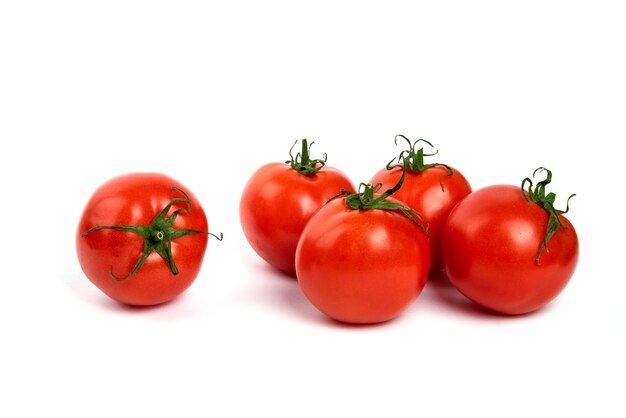
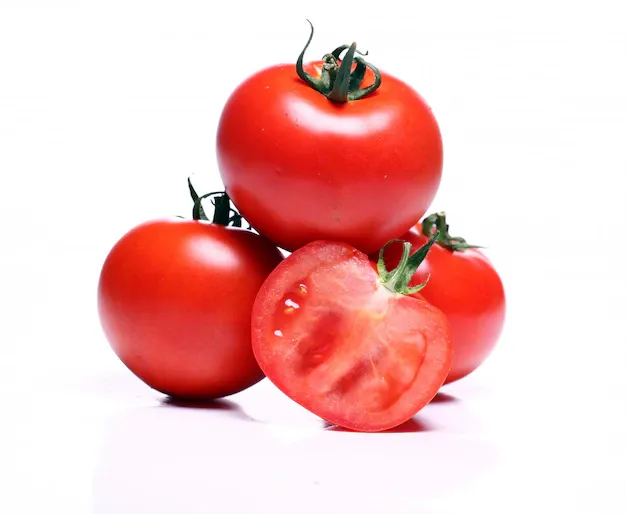
Part 1: The Process of Tomato Cultivation
Tomatoes (Solanum lycopersicum) thrive in warm climates and are typically grown in gardens, greenhouses, or commercial farms. Whether you are a backyard gardener or a commercial grower, the process of cultivating tomatoes follows a similar path.
1. Preparing the Soil
The first step in successful tomato cultivation is preparing the soil. Tomatoes require well-drained, fertile soil with a pH level between 6.0 and 6.8. Before planting, it is essential to enrich the soil with organic matter such as compost, which adds nutrients and improves soil structure. Adding a balanced fertilizer can also help ensure that the soil contains enough nitrogen, phosphorus, and potassium, essential for healthy plant growth.
2. Choosing the Tomato Variety
There are numerous varieties of tomatoes, and the type you select will depend on factors such as climate, taste preferences, and intended use. Common types include:
Indeterminate varieties: These grow continuously throughout the season and require staking or support structures.
Determinate varieties: These grow to a specific height and produce fruit all at once, making them ideal for processing or canning.
It is crucial to choose a variety that suits the growing conditions of your area and your harvest goals.
3. Starting Seeds Indoors
For the best results, it is recommended to start tomato seeds indoors about 6-8 weeks before the last expected frost. The seeds should be placed in small pots or seed trays with a sterile seed-starting mix. Keep the seedlings in a warm, sunny location and maintain a temperature of around 70°F (21°C) to ensure good germination. Once the seedlings have developed two to three sets of true leaves, they can be hardened off before being transplanted outdoors.
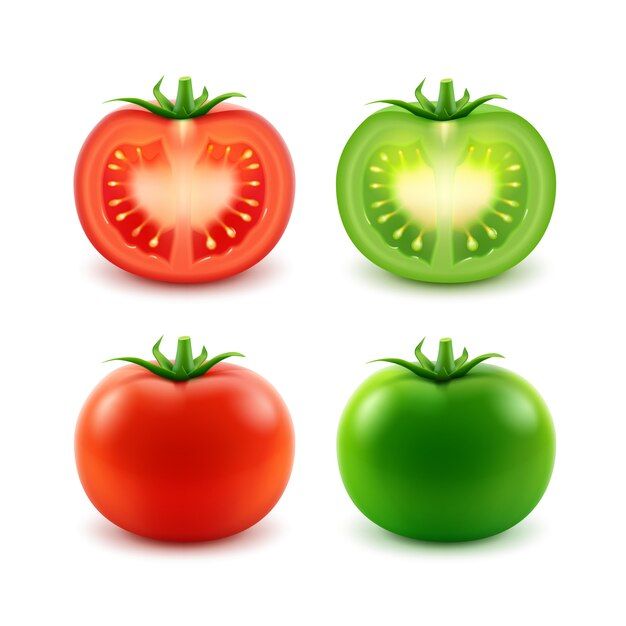
4. Transplanting Tomato Seedlings
After the danger of frost has passed, it's time to transplant the tomato seedlings into the garden or your chosen growing area. Select a location that receives full sun for at least 6-8 hours a day, as tomatoes need plenty of sunlight for photosynthesis and fruit production.
Space the seedlings about 18-36 inches apart, depending on the variety. Plant them deep in the soil, burying the stems up to the first set of leaves. This encourages the development of a strong root system.
5. Providing Support
Most tomato varieties require some form of support as they grow. Staking, caging, or using trellises are common methods of supporting tomato plants. Support structures help keep the plants upright, reduce the risk of diseases, and prevent the fruit from touching the soil.
6. Watering and Fertilizing
Tomatoes require consistent moisture, but overwatering can lead to root rot and other problems. The best practice is to water the plants deeply but infrequently, ensuring the soil stays moist but not waterlogged. Mulching around the base of the plant helps retain moisture and prevent weeds.
Fertilize the plants regularly using a balanced fertilizer, particularly one with a higher phosphorus content to promote flower and fruit development. Avoid excessive nitrogen, which can lead to lush foliage growth at the expense of fruit production.
7. Pruning and Maintenance
Pruning is essential for encouraging strong growth and good airflow, which helps reduce the risk of diseases. Remove any suckers (small shoots) that develop in the leaf axils, as these can drain energy from the main plant. Pruning also helps in controlling the plant’s size, especially for indeterminate varieties.
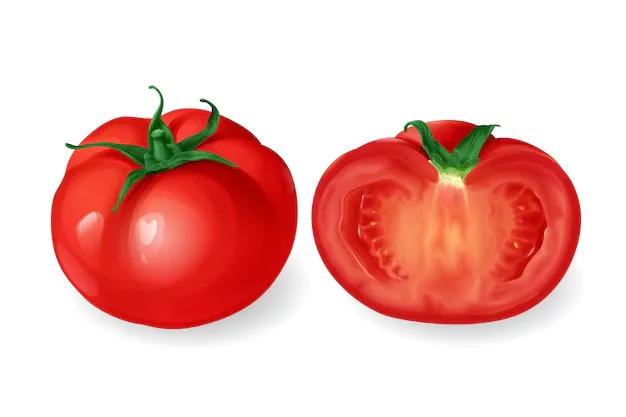
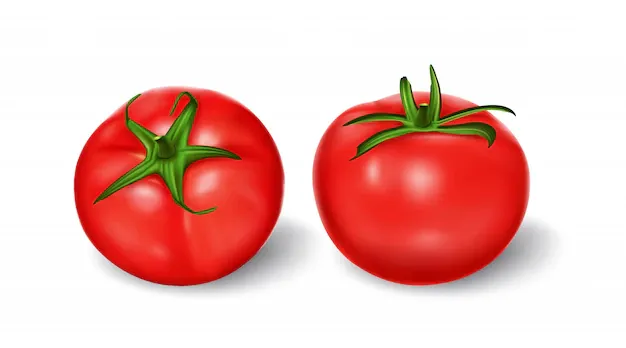
photo credit
Additionally, keep an eye out for pests and diseases. Common tomato pests include aphids, whiteflies, and hornworms. Regularly inspect your plants for signs of trouble and apply organic pest control methods if necessary.
8. Harvesting Tomatoes
Tomatoes can be harvested when they have reached their full color and size. For most varieties, this will be when they are deep red, although there are also yellow, orange, and purple varieties. Gently twist or cut the fruit from the vine, taking care not to damage the plant.
If you are harvesting for processing or storage, it may be better to pick the tomatoes when they are still slightly underripe. They will continue to ripen off the vine.
Part 2: The Benefits and Vitamins of Eating Tomatoes
Tomatoes are not only delicious but also packed with nutrients that provide numerous health benefits. Including tomatoes in your diet can contribute to overall well-being in various ways. Let's dive into the key vitamins and benefits of eating tomatoes.
1. Rich Source of Vitamins
Tomatoes are packed with essential vitamins that play a vital role in maintaining good health:
Vitamin C: Tomatoes are an excellent source of vitamin C, an antioxidant that boosts the immune system, promotes skin health, and helps the body absorb iron from plant-based foods. Just one medium tomato provides about 28% of the daily recommended intake of vitamin C.
Vitamin A: Tomatoes contain significant amounts of vitamin A, which is essential for maintaining healthy vision, skin, and immune function. This vitamin is present in the form of beta-carotene, which the body converts into retinol.
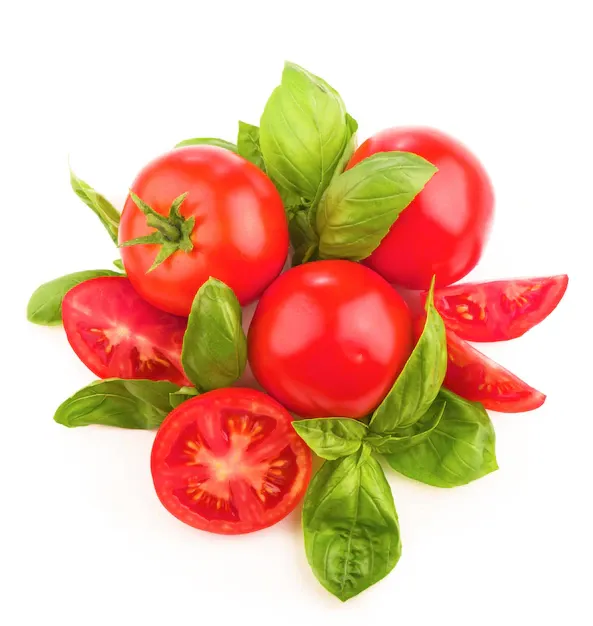
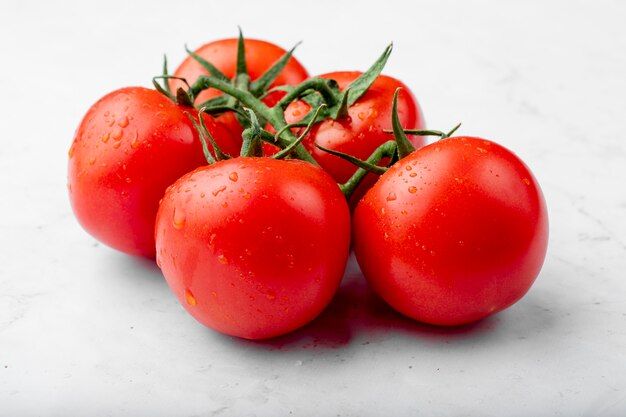
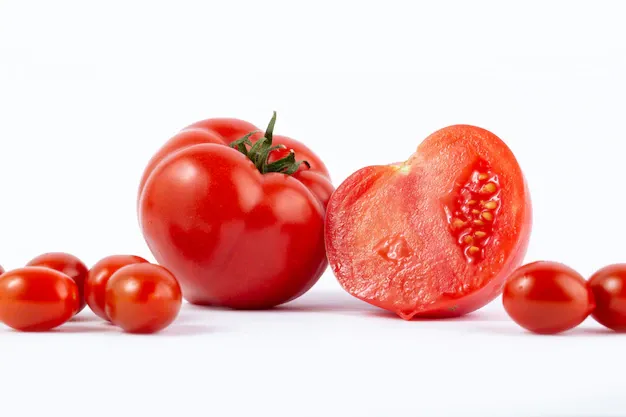
photo credit
Vitamin K: Tomatoes also provide vitamin K, which is important for blood clotting and bone health. Regular consumption of tomatoes can contribute to optimal calcium absorption, thereby supporting bone density.
Folate (Vitamin B9): Folate plays a crucial role in cell division and the formation of DNA, making it particularly important for pregnant women to ensure proper fetal development. Tomatoes are a good source of folate.
Vitamin E: As an antioxidant, vitamin E helps protect cells from oxidative stress and supports the skin and immune system. Tomatoes contain moderate amounts of this essential vitamin.
2. A Rich Source of Antioxidants
In addition to the vitamins, tomatoes are rich in antioxidants such as lycopene, a powerful compound known for its anti-inflammatory and cancer-fighting properties. Lycopene has been studied for its potential to reduce the risk of certain types of cancers, particularly prostate cancer. The antioxidant effects of lycopene also help combat free radicals, which are harmful molecules that can damage cells and contribute to aging and various diseases.
The antioxidant content of tomatoes is further enhanced when they are cooked. Cooking tomatoes breaks down their cell walls, making the lycopene more bioavailable for absorption by the body.
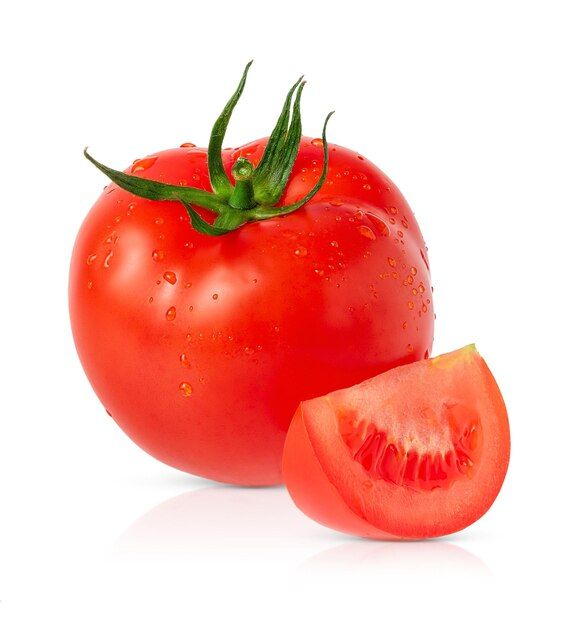
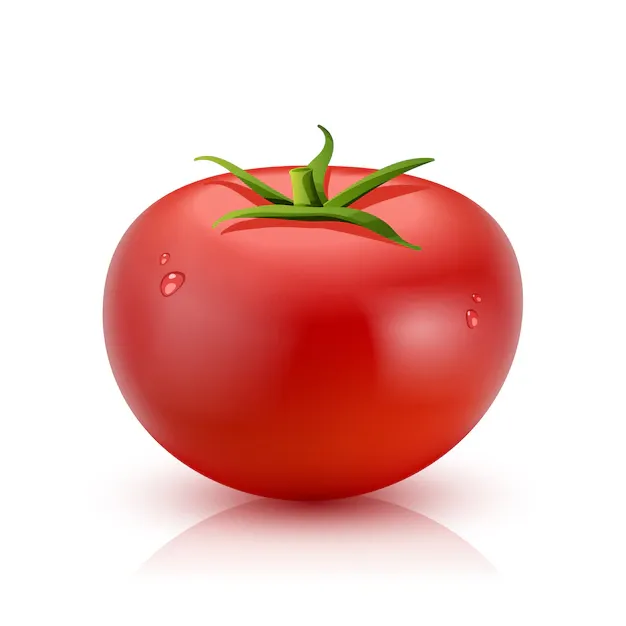
3. Heart Health Benefits
Tomatoes have long been considered heart-healthy due to their high content of potassium, which helps regulate blood pressure by balancing the effects of sodium in the body. Additionally, the lycopene in tomatoes has been shown to help reduce levels of LDL cholesterol (the "bad" cholesterol), thereby promoting better cardiovascular health.
Eating tomatoes regularly may also lower the risk of developing heart disease by improving blood vessel function and reducing inflammation, both of which are essential for maintaining a healthy heart.
4. Skin Health
Vitamin C, which is abundant in tomatoes, is vital for collagen production. Collagen is a protein that helps maintain the structure and elasticity of the skin. Including tomatoes in your diet can support skin health, reducing the appearance of wrinkles and promoting a youthful complexion.
Tomatoes also have anti-inflammatory properties that can help reduce skin redness and irritation. Lycopene has been found to protect the skin from UV damage, acting as a natural sunscreen and lowering the risk of sunburn.
5. Digestive Health
Tomatoes are a good source of dietary fiber, which is essential for maintaining a healthy digestive system. Fiber aids in regular bowel movements and prevents constipation by adding bulk to the stool. Consuming tomatoes regularly can help improve overall gut health and reduce the risk of digestive disorders.
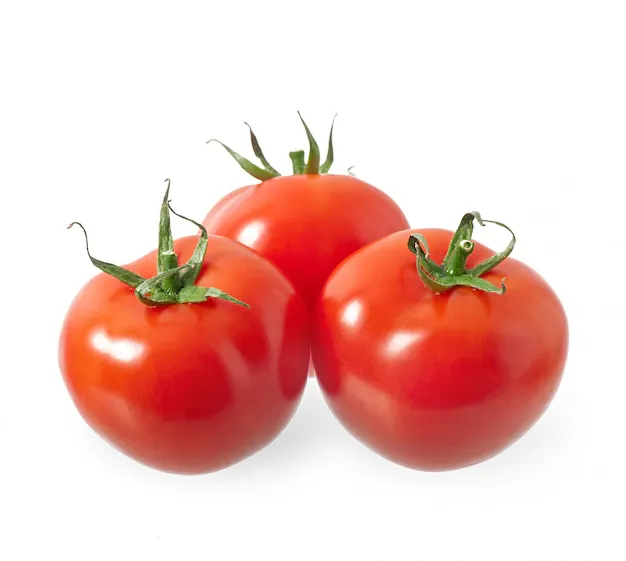
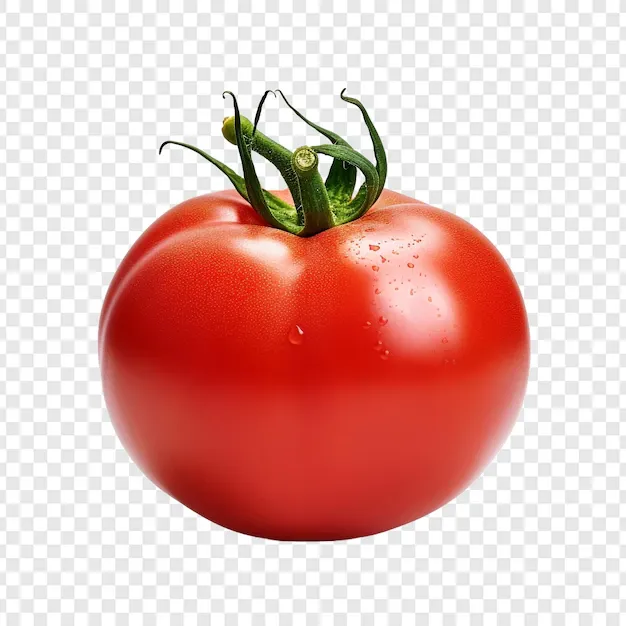

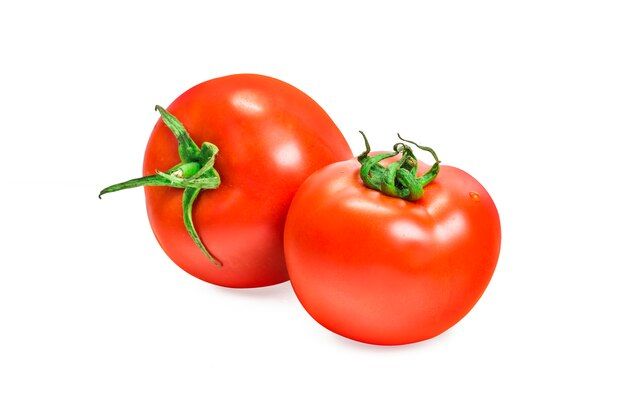
6. Weight Management
Tomatoes are low in calories, making them an excellent choice for those looking to manage their weight. A medium tomato contains only around 22 calories, allowing you to enjoy a satisfying portion without consuming excessive calories. Additionally, the high water content of tomatoes helps you stay hydrated, while fiber promotes satiety, helping to curb overeating.
7. Bone Health
Tomatoes are also beneficial for bone health due to their vitamin K content. Vitamin K plays an essential role in bone mineralization, helping to maintain bone density and reduce the risk of osteoporosis. The combination of calcium, vitamin K, and phosphorus found in tomatoes makes them a valuable food for supporting bone strength.
8. Blood Sugar Regulation
Despite being a fruit, tomatoes have a low glycemic index, which means they do not cause rapid spikes in blood sugar levels. The fiber and antioxidants in tomatoes contribute to better blood sugar control, making them a suitable option for individuals with diabetes or those looking to manage their blood sugar levels.
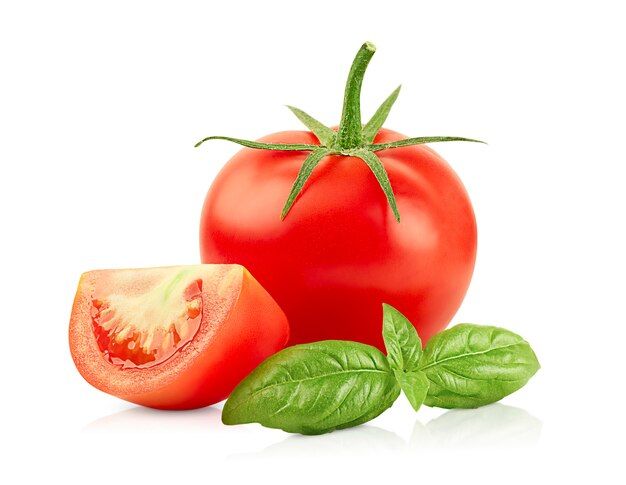
Tomatoes are more than just a flavorful addition to meals; they are a powerhouse of essential vitamins, antioxidants, and health benefits. From heart health to skin care, digestive wellness to bone strength, the humble tomato offers a range of benefits that can contribute to a balanced, nutritious diet. Whether you are growing them in your garden or purchasing them from the market, tomatoes are a versatile and healthful choice that can support overall well-being.
So, the next time you enjoy a fresh tomato in a salad, a pasta dish, or a homemade sauce, remember that you’re not just indulging in a tasty treat but also nourishing your body with an abundance of essential nutrients.
Krish bonshu video credit
So far Today...
Stay Home
Thanks for Your Time Friend.
♥♥♥♥♥♥
Ok
See you Again in a New blog.
Thanks for being with me.
Plese Follow Me......
@mspbro
★★To contact me★★
Subscribe My 3speak Channel https://3speak.online/user/mspbro
Follow me Twitter https://twitter.com/mdsumonpra
Add me Facebook https://www.facebook.com/sumon.mim84
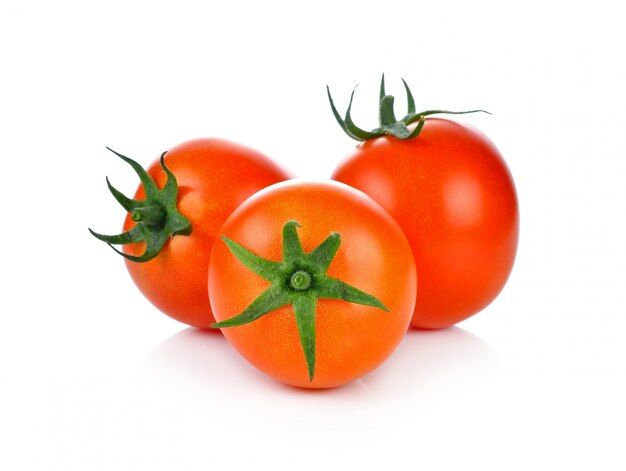
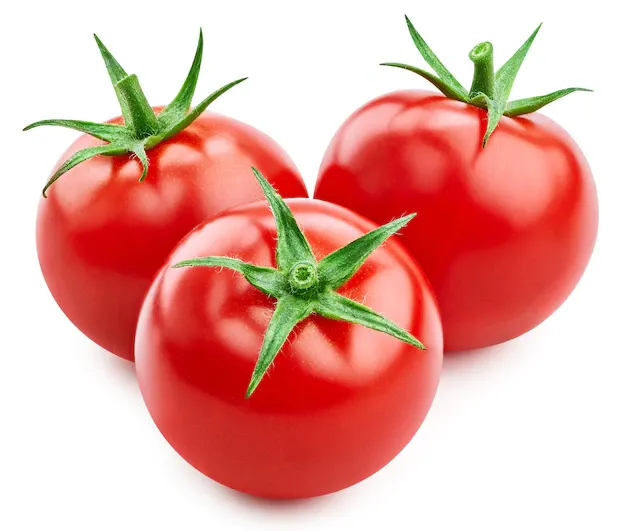
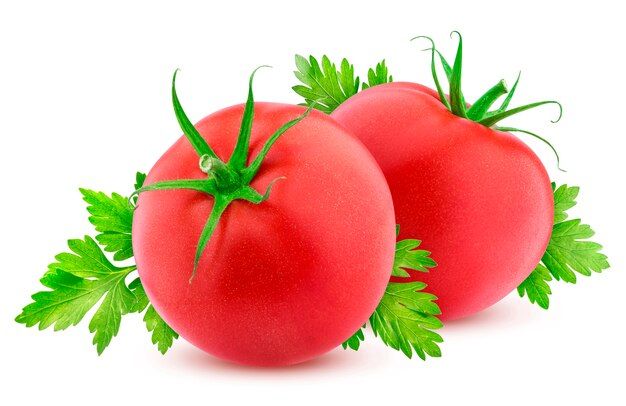
Yum.
We grow all our own tomatoes here in Canada. Even in winter.
Great to see you posting on Blurt.
Very Good things are headed our way .
You should definitely give Blurt.Media a try ….
Https://Blurt.media
Created by @agorise and @kencode
It’s the best Crypto Film and Video Platform out there. You can request your own Blurt.Media channel via the Matrix Blurt Chat room
Matrix Blurt Chat : https://app.element.io/#/room/#blurt-general-chat:matrix.org
You can embed your Blurt.media videos directly into your Blurt.blog post ….
https://blurt.media/w/dSfNrAntPdueyB6QiiryNT